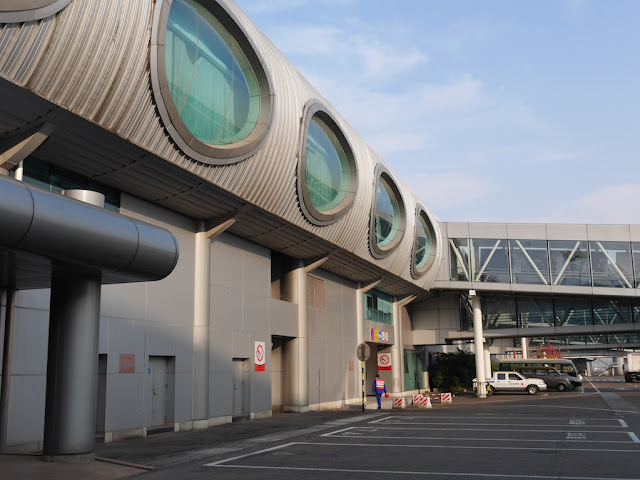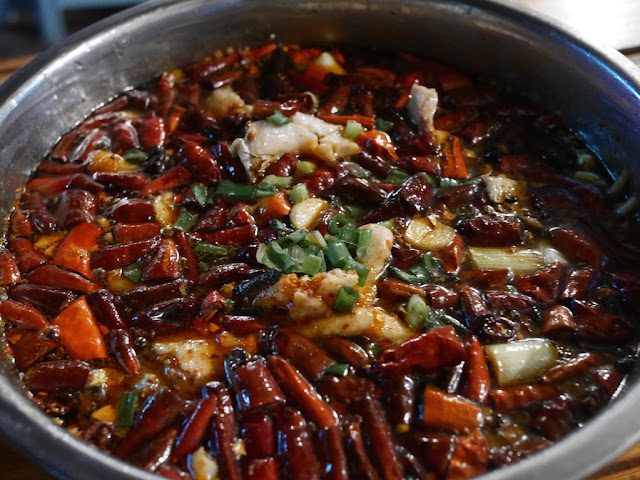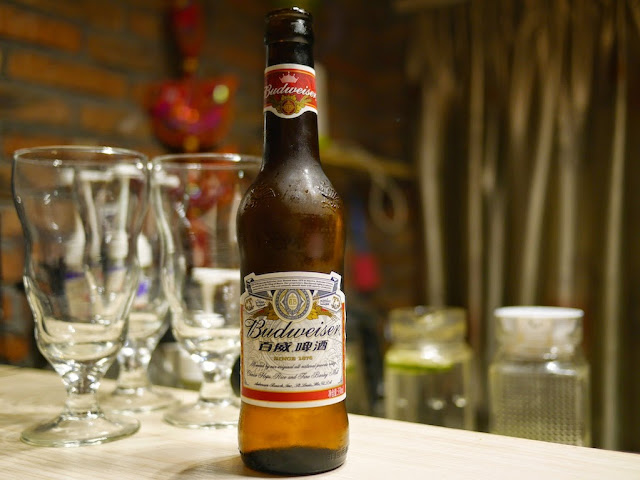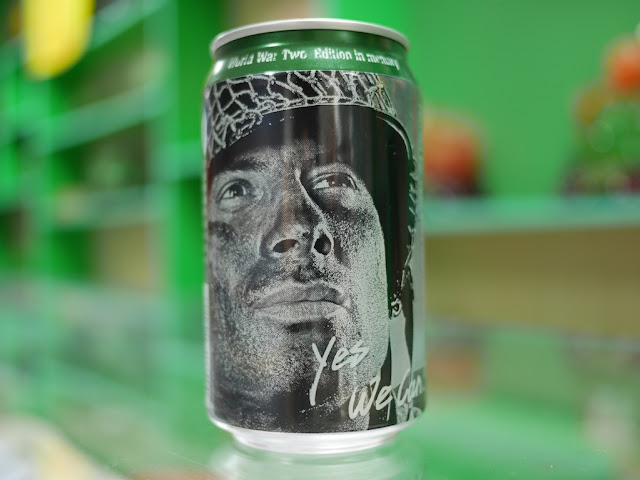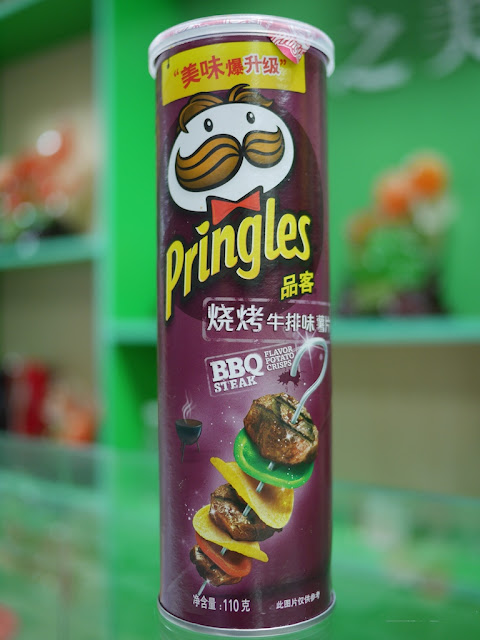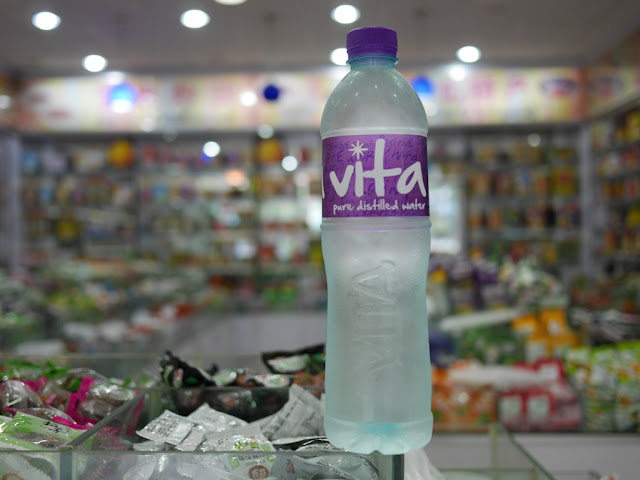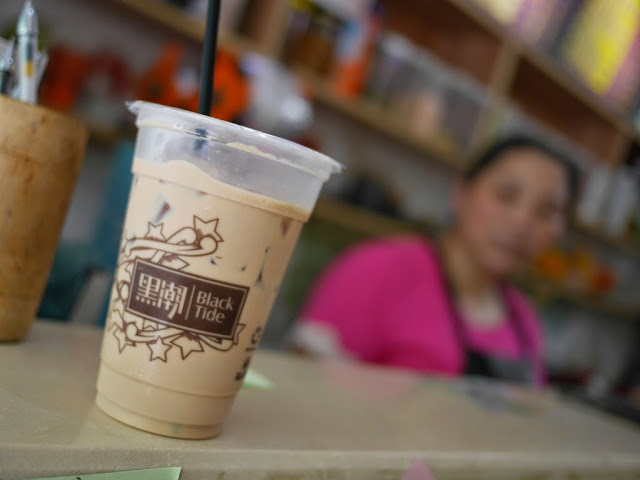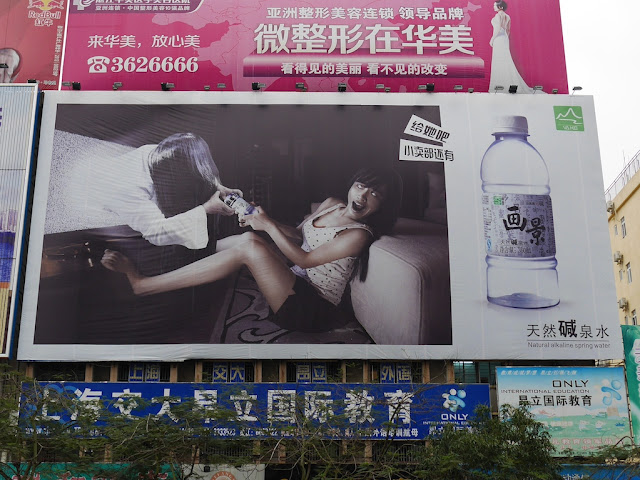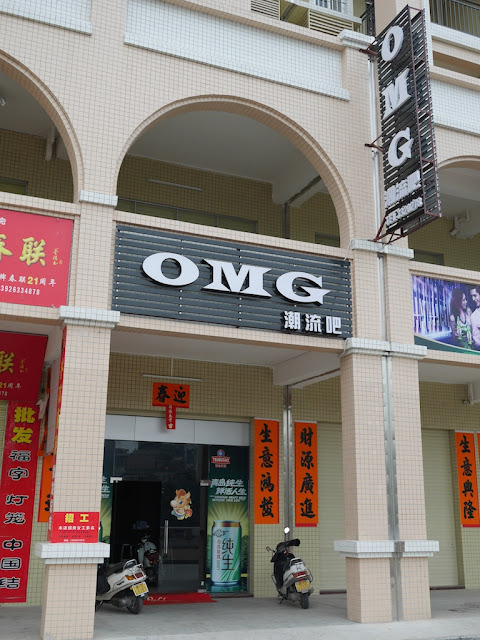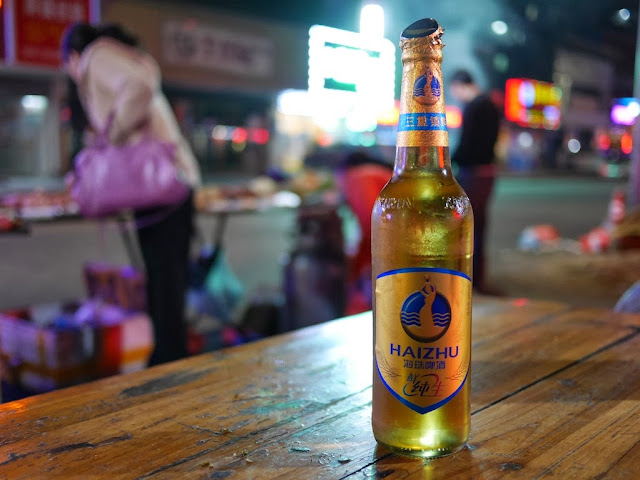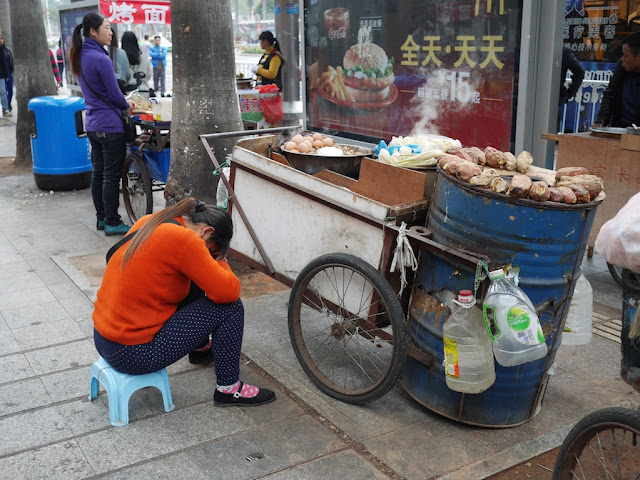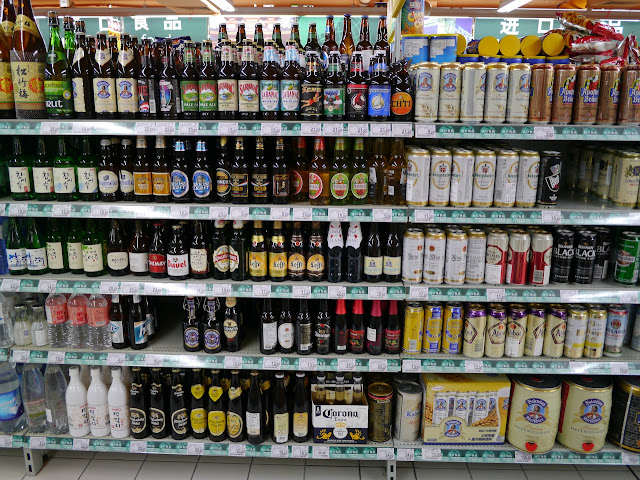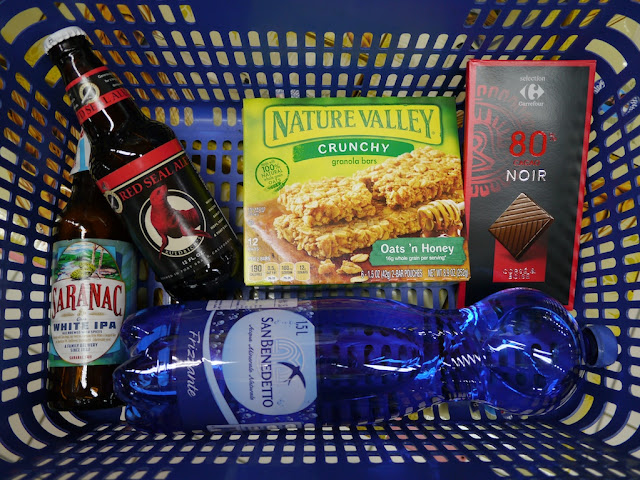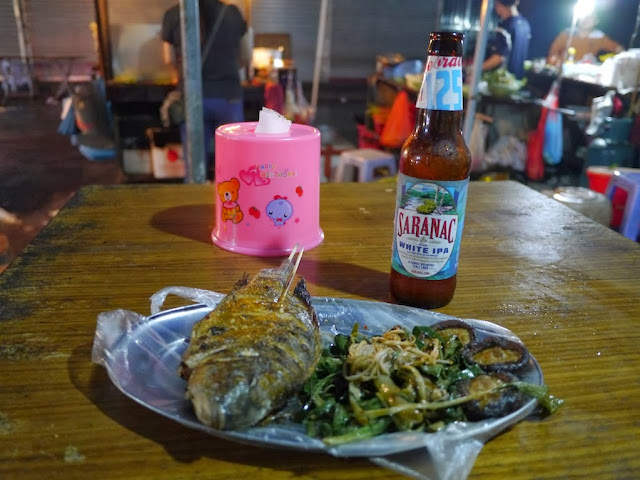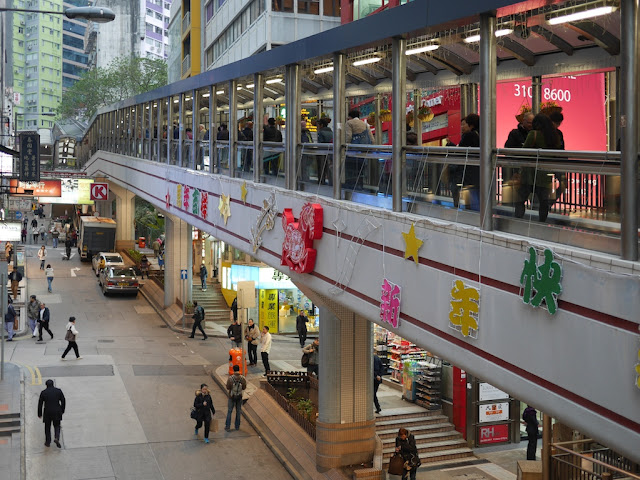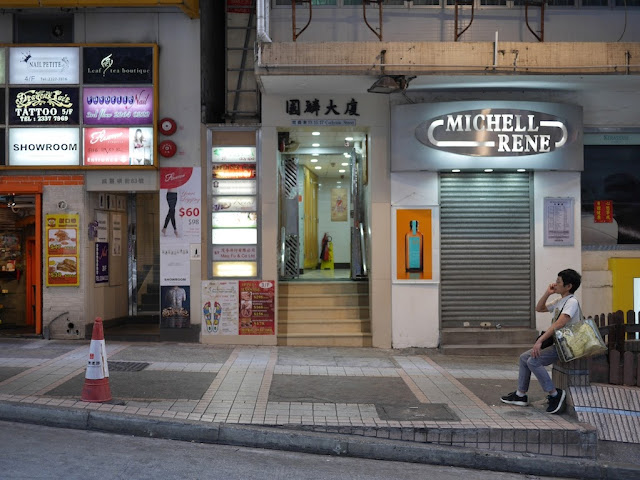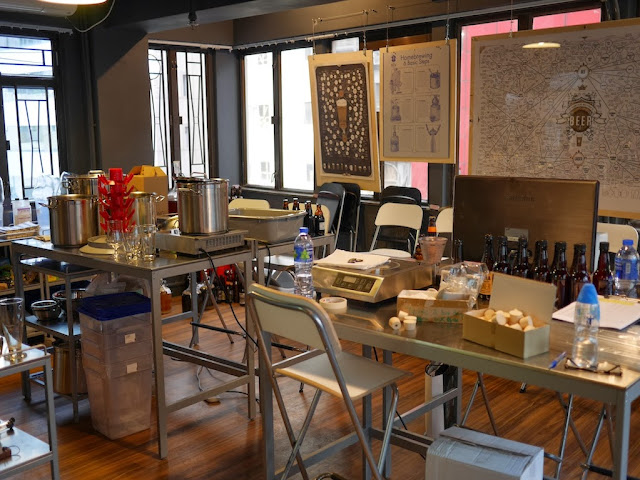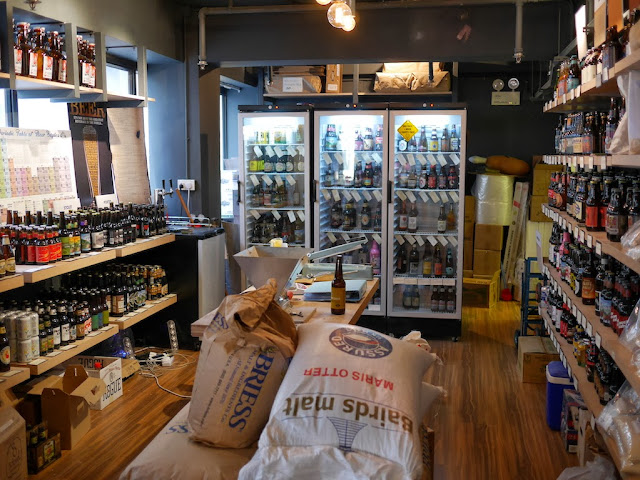Gaining a deeper understanding of regional variations is part of what has motivated me to examine a large number of cities in China. Gaining a deeper understanding of what can change over time is part of what motivated me to spend two months in Hengyang, Hunan province, last year and return for a look this year after 9 months away. Here, I'll share three changes I noticed which impacted personal experiences of mine. However, they touch on broader issues as well.
Somewhere Under the Bridge
The first case involves a restaurant which appeared in a subtle
photo essay about an important date in Chinese history. Unlike most restaurants, it was located under a bridge.

I passed the no-frills restaurant many times last year and on a few occasions stopped for lunch.
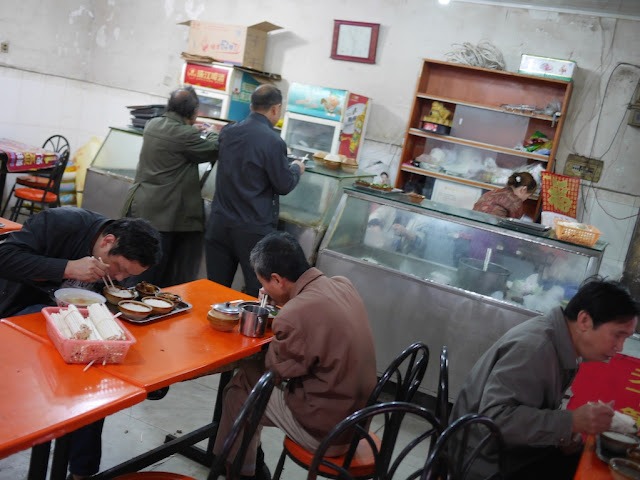
The dishes were already prepared and kept warm while on display — no printed menu necessary. I typically selected at least one fish dish.


The prices were especially low, and typically the customers were surprised to see me eating there. One man asked why I didn't eat across the street, since he thought the food was better there. I didn't agree, although most people would consider the other restaurant to have cleaner and more upscale conditions. For me, the restaurant under the bridge had a special atmosphere — including a group of older men often sitting outside drinking baijiu during lunch.
I was looking forward to stopping by again this year. But when I approached the bridge, I felt momentarily confused. Not only could I not find the restaurant, the building which held it no longer existed.

Fortunately, Hengyang has many other restaurants, though I haven't seen another under a bridge.
Minted on Zhongshan Road
Towards the end of my time in Hengyang last year, a new drink shop opened on a shopping street that, unlike the restaurant under the bridge, was popular with youth. The shop featured mojitos — a rum-based cocktail with mint.

Most of the drinks were alcohol-free drinks, some similar to cocktails, but genuine mojitos were available. Mojitos aren't a common drink in Hengyang, or in many Chinese cities, and at an outside promotion they provided details on its non-alcoholic ingredients.

After inspecting their bottle of Barcardi rum, which was either genuine or a decent fake, I ordered a mojito for less than US $2 — hard to beat, especially since they were willing to be rather liberal with the rum. Honestly, I was most attracted by the fresh mint, something I hadn't seen in a while. I then enjoyed a riverside stroll with the drink. Unlike the U.S., in China one is free to walk around public areas with an "open container" of alcohol.
This year when I returned, I saw that the mojito shop was no more. But unlike the restaurant under the bridge, it had been replaced.
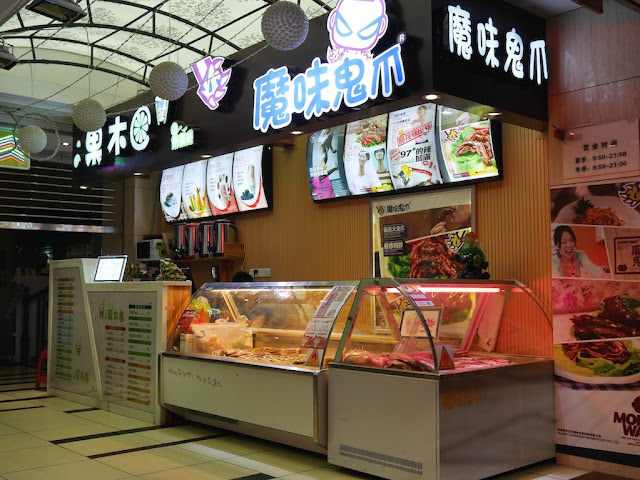
No rum or fresh mint, though. I can't say I am surprised.
Lost Tracks
In a more surprising case, I hoped to revisit a roller coaster I once
compared to a historic roller coaster in the U.S. The cat & mouse themed roller coaster in Yueping Park had its charms.


As I approached the roller coaster walking on a winding path up a hill, something seemed amiss, and I briefly wondered if I had taken a wrong turn. I then realized the location for the roller coaster was now covered with newly planted trees.
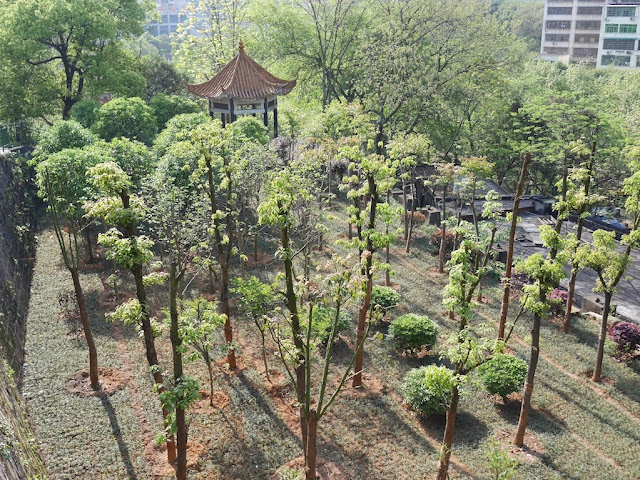
Perhaps the park wanted a more natural look. The rooster and chicken walking around the edge of the area weren't talking. I would never ride a roller coaster here again, and I couldn't even drown my sorrows with a mojito.
Other changes in Hengyang also caught my attention. In some cases, the changes reflect issues which extend across China. I will share more examples of change and also some of what hasn't changed in later posts.


















